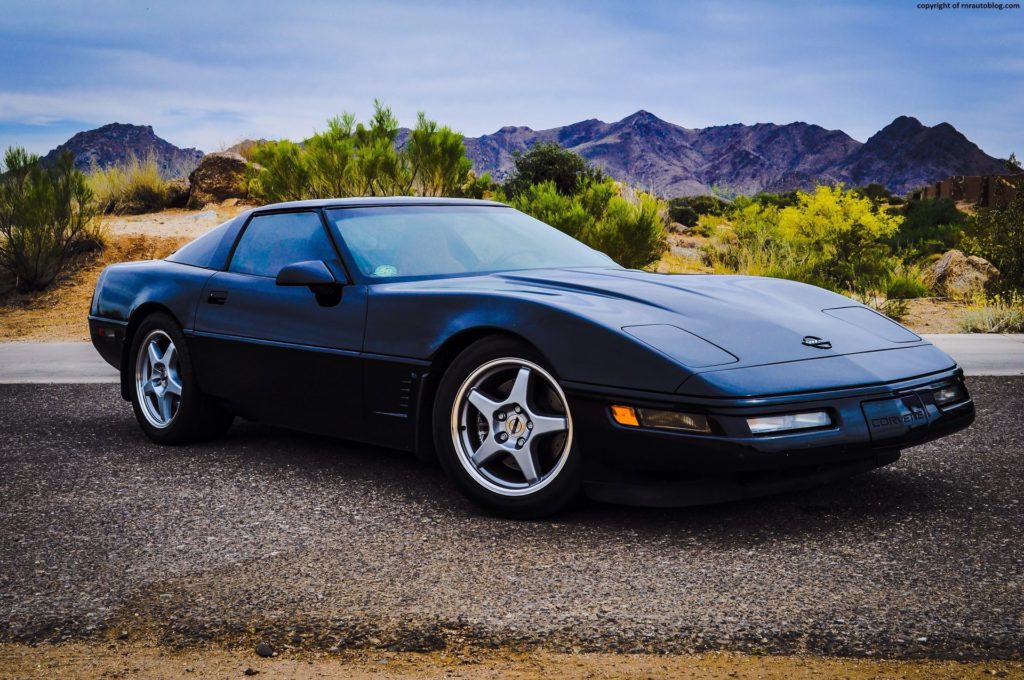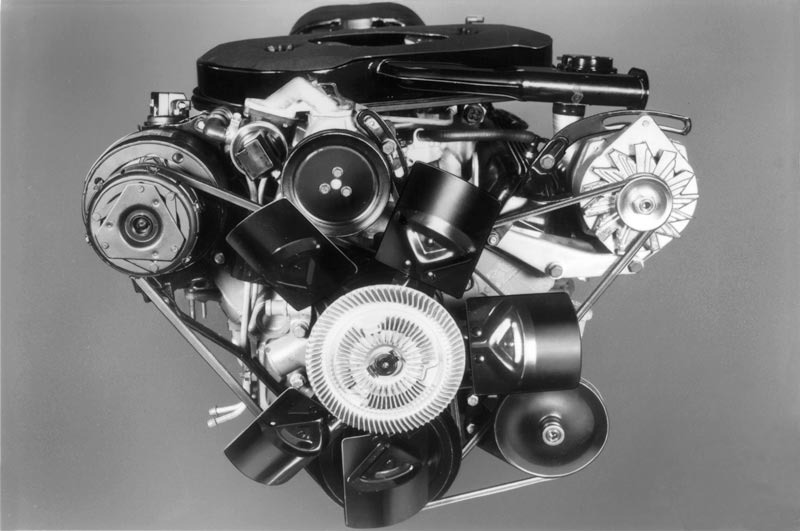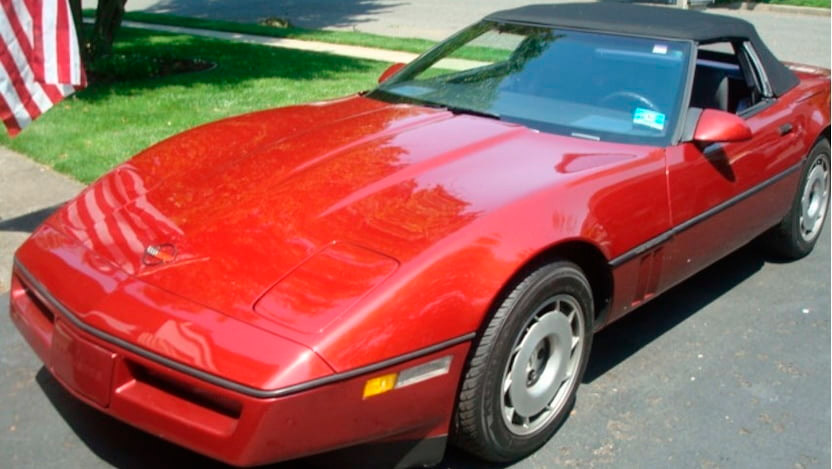A Look at the C4 Corvette and Its Unique Story
For Corvette lovers, opinions about the C4 vary greatly. Some people loved the high-performance vehicle that gave domestic and foreign racing competitors a run for their money, while other more traditional Corvette buyers were less fond of the model.

The C4 was made from 1984 to 1996 and went through an overhaul of features from the three previous Corvette models, which by and large all remained very similar to the original design.
After an array of issues led to a pause in production in 1983, Chevy rolled out the C4 in 1984. Let’s take a look at some of the key features of the iconic model, its improvements over time, and its interesting history of being banned from auto racing by the SCCA (Sports Car Club of America).
Under the Hood: C4 Corvette Engines
When the C4 first debuted, it featured the small-block L83 V8 engine from the 1982 Corvette. This engine had the Cross-Fire fuel injection and put out 205 horsepower and 290 foot-pounds of torque. The fuel injection system was heavily scrutinized by many people and the 205 horsepower left a lot to be desired. This engine was ultimately discontinued in 1985.
Starting with the 1985 model and stretching until 1991, the C4 featured an L98 5.7 L 350CI V8. While previous Corvette models were constrained by tight emission mandates, the L98 350CI small-block brought about welcome improvements. While the Cross-Fire V8 has issues producing 200 horsepower, the new L98 350CI small-block a Tuned-Port fuel injection system with .5 higher compression ratio. While still not as powerful as some previous Corvette engines in the 70’s, this engine achieved 230-350 horsepower and 330-350 foot-pounds of torque, depending on model year throughout its 1985-1991 run.

Still struggling to regain the Corvette’s raw power of yesteryear, Chevy engineers continued pushing for more pep in the early 90s. With the release of the LT5 5.7L 350CI V8 (ZR-1) small-block in the 1990-1991 option versions of the C4 (also in a 1996 option model), GM made some incredible strides. The engine produced 375 horsepower at 6,000 RPM, and 370 foot-pounds of torque at 4,800 RPM. This made the car very competitive on the street and the track. This engine was offered as an option package, and broke the record for the 24-hour, 5000-mile land speed, with speeds up to 175 mph.
While the ZR-1 is often looked at as the gold standard of C4 engines, Chevy did have two other high-performing engines in the 90’s version of the C4. The first was the LT1 5.7L 350CI V8 offered from 1992-1996. This engine produced 300 horsepower at 5,000 RPM and 340 foot-pounds of torque at 4,000 RPM. The second, featured in some of the 1996 C4s, was the LT4 5.7L 350CI V8 which produced 330 horsepower, and 240 foot-pounds of torque.
Design Innovation
As previously mentioned, the first three generations of Corvettes stayed pretty true to the original design. But when new Corvette Chief Engineer Dave McLellan replaced legendary engineer Zora Arkus-Duntov, and Jerry Palmer became Lead Designer after Bill Mitchell’s retirement, the team set out on updating the look of the car for the C4 model.
Palmer specifically, focused on updating the look of the Corvette, without losing its classic features that car lovers were so fond of.

One of the big changes was moving the doors outward to give the car more interior space. Chevy engineers also took some length off the car, cutting some off the tail. Another big change was the fact that the car was built on a uniframe, combining parts of the car like the windshield frame in one unit. And in 1986, GM introduced a convertible option of the C4 for those who liked to ride around and feel the breeze.
Overall, the C4 was a significant design change from previous models of the Corvette that were based on the classic “Stingray” design. The C4 actually ventured away a bit from the sports car lineage.
A Flattering Ban
Sometimes, good is too good. At least that’s the case in auto racing.
In the 1980s, the C4 Corvette actually received a ban from the SCCA. This was after the car had dominant performance after dominant performance from 1985-1987 in the SCCA Showroom Stock GT racing circuit.

courtesy Gary Konner
With its superior handling, great braking, and top notch speed, the car saw podium upon podium finished in the Playboy and Escort Endurance Championship. But, with it’s dominating performance came backlash from other car brands and their fans. In order to keep attendance and participation high, the SCCA banned the Corvettes.
This speaks to the sheer performance of the C4 Corvette. Despite the varying opinions, the car was and still is a powerful machine that was expertly made.
